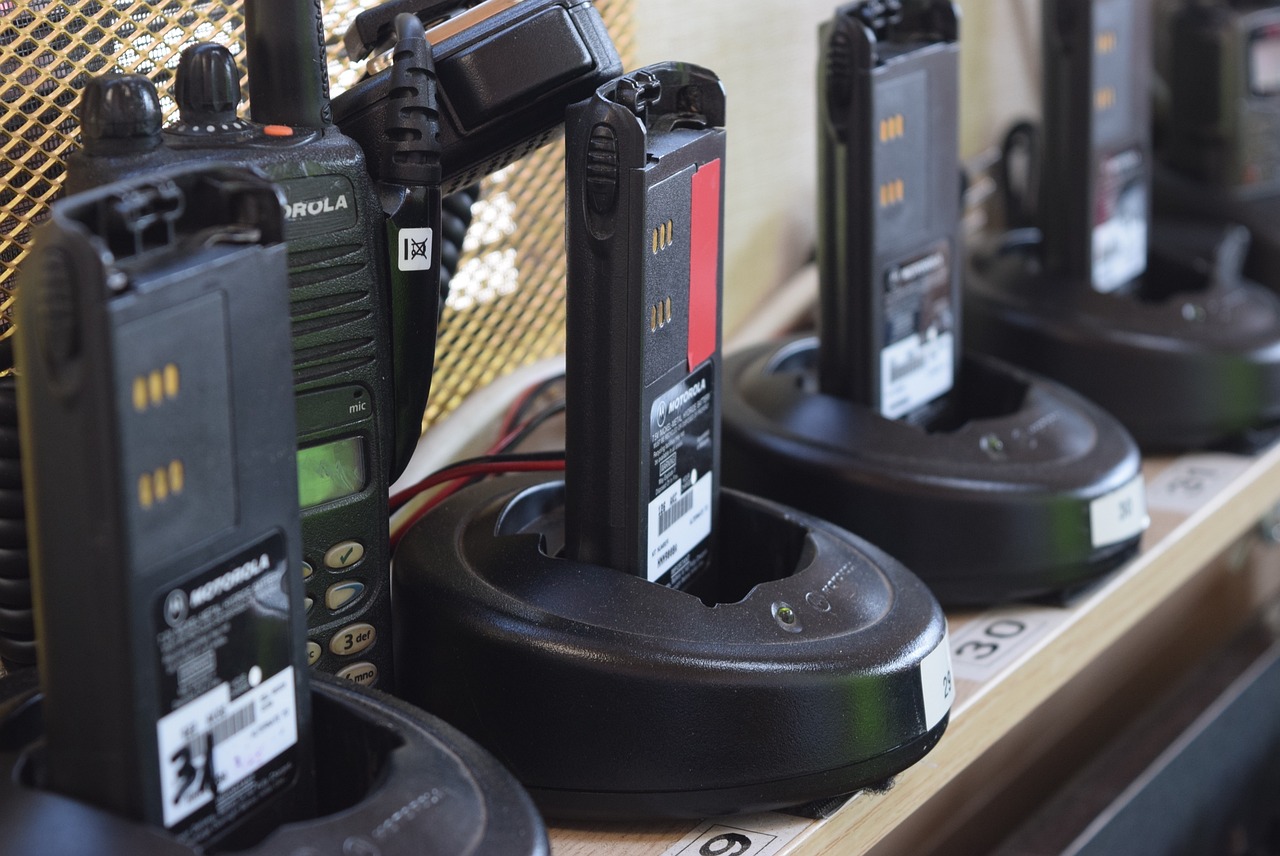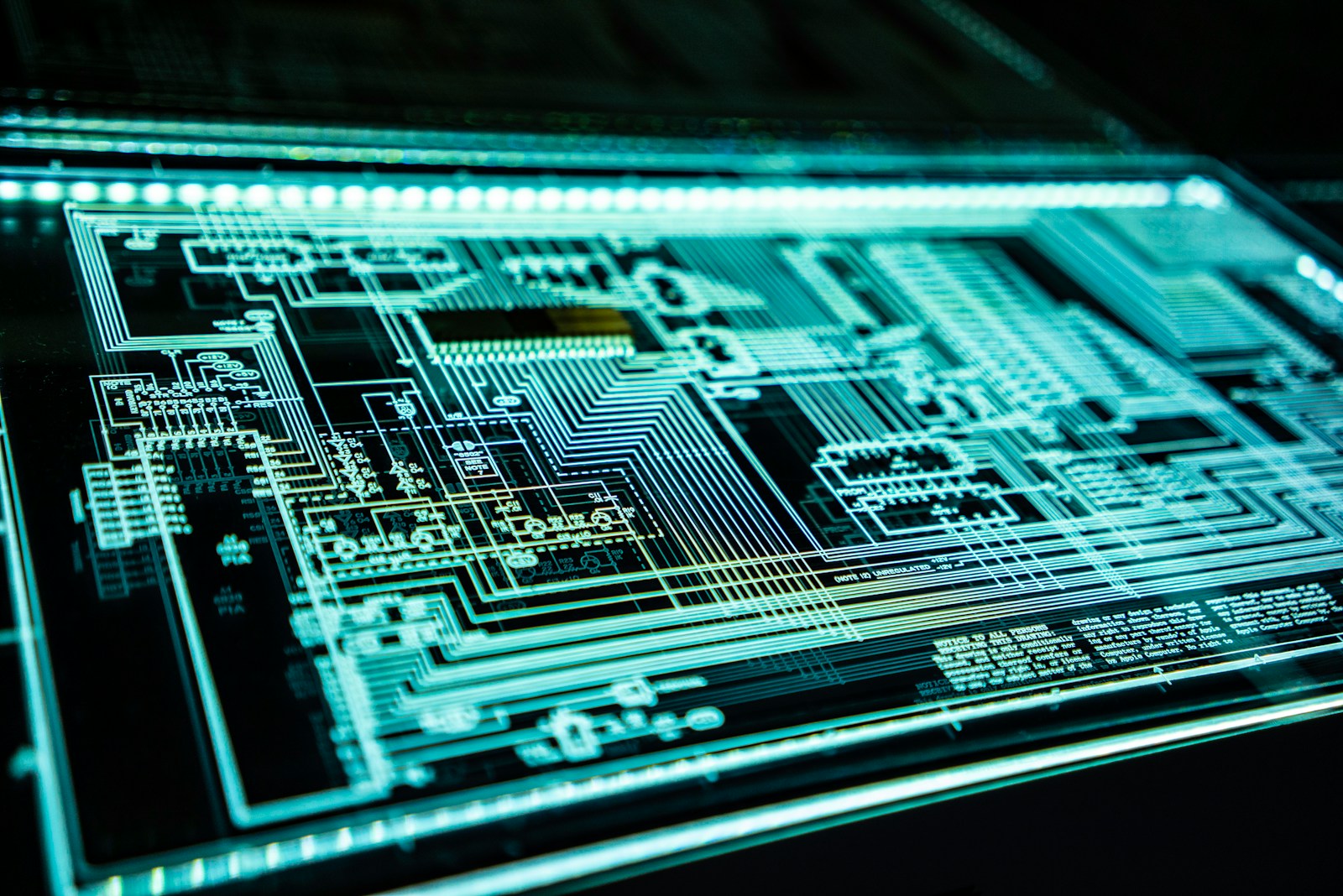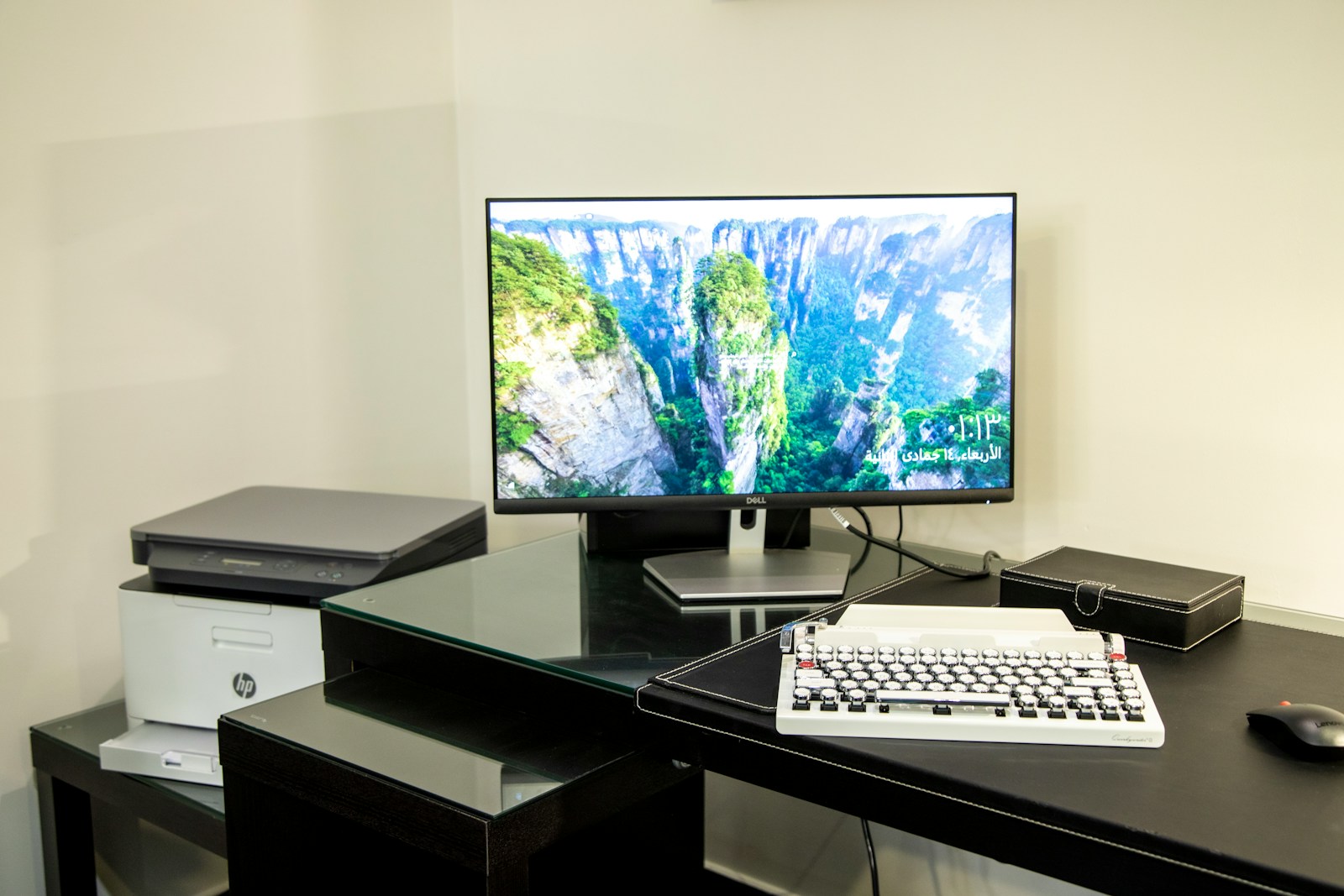On the ocean, which is characterized by extreme conditions and various risks, stable communication is one of the greatest assets. In the context of ships and fishing boats, the ability to communicate with clarity and with no interference is more than mere convenience – it is a necessity.
That is where long-range walkie-talkies come in handy. These devices are designed specifically to address the complexities of communication at sea, and provide a stable method of maintaining contact over long distances.
Maritime operations consist of numerous tasks that demand simultaneous performance. Standard mobile phones or standard radios may not be very effective because they have a short range and are affected by a number of other factors. On the other hand, long-range walkie talkies are built to work in adverse conditions and their audio quality is not affected by unfavorable weather.
Essentials of Communication in Maritime Operations
Communication in marine environments needs to overcome barriers of noise, distance and weather. In its absence, the rate of accidents rises, and the productivity of operations reduces. For instance, in a rescue operation, the crew members require fast and effective communication to respond in a coordinated manner in order to overcome the situation. Long-range walkie talkies do exactly that, making sure that the message is transmitted swiftly and received with equal clarity by all recipients.
Pros of Long-Range Walkie Talkies
The first and foremost benefit of long-range walkie talkies is that they work best over a large coverage area. This is especially essential in marine environments where the vessels may be physically distant from each other but require constant connectivity. Such devices are also often robust, resistant to water, shocks, and severe weather, which makes them suitable for usage at sea.
Additionally, long-range walkie talkies are easy to operate. You can use the equipment to talk without having to make a call or wait for connections. This ease of use is particularly important during stressful situations as time and clear information delivery are of the essence.
Integration of Long-Range Walkie Talkies in Maritime Operations
The process of integration of long-range walkie talkies in maritime operations involves choosing the right models that would be the best fit for a vessel or a fleet. For example, large fleets with several units may need to be able to work with several channels at the same time. This capability enables distinct groups of a single ship or across several vessels to speak on different channels at the same time. It improves the privacy and security of the messages which is crucial in making sure that there is no misunderstanding and that sensitive information does not reach the wrong parties.
Training the members of the crew on how to properly use these devices is just as crucial. Periodic rehearsals of drills and practice sessions with the walkie talkies could drastically reduce the likelihood of mistakes when in an emergency situation.
Conclusion
For operations at sea, communication is not only about making basic routines more convenient; it’s about creating safer and more efficient processes in a context where even a slight mistake can cost lives. Long-range walkie talkies are useful in this regard as they are reliable devices that provide communication solutions that are well suited for the sea. Using these devices in their operations, maritime professionals can achieve improvements in performance as well as improve their safety measures.







